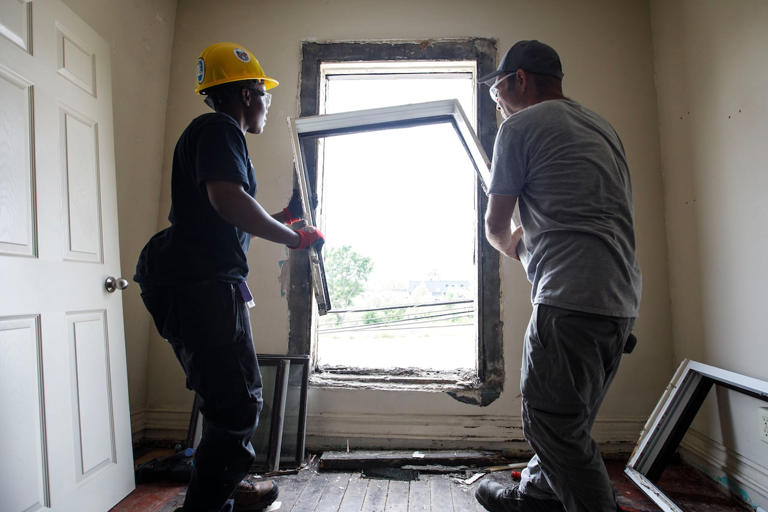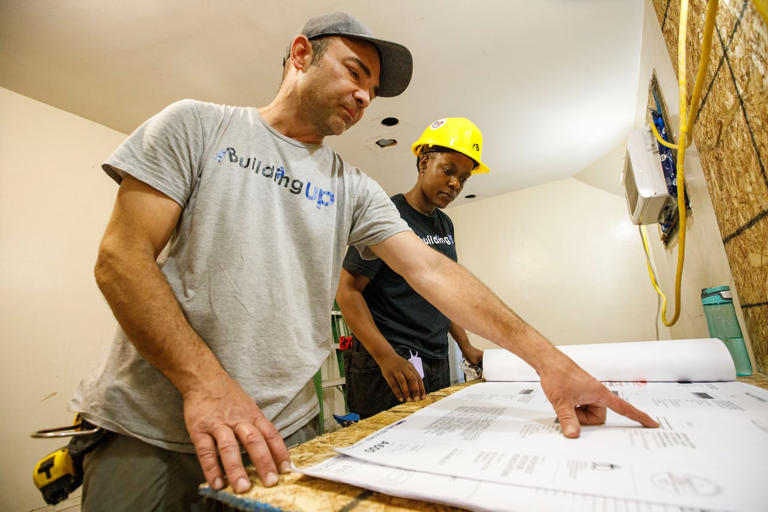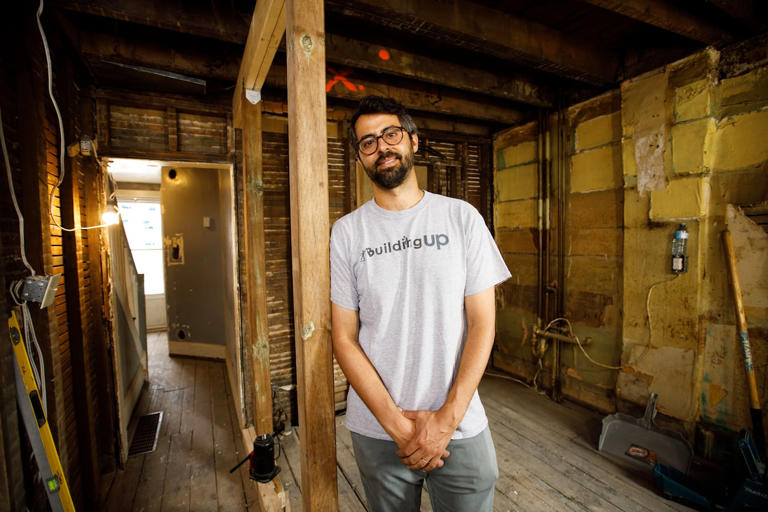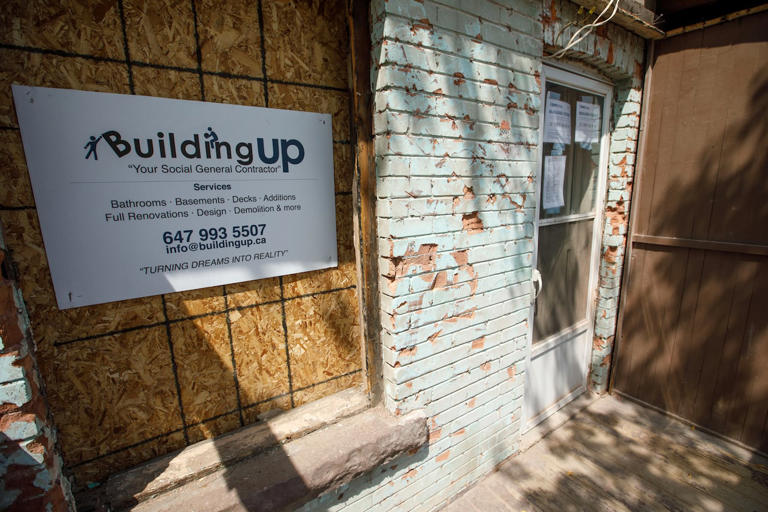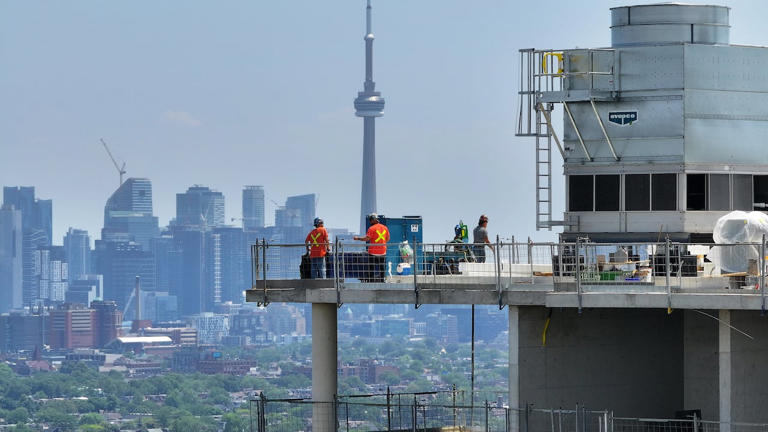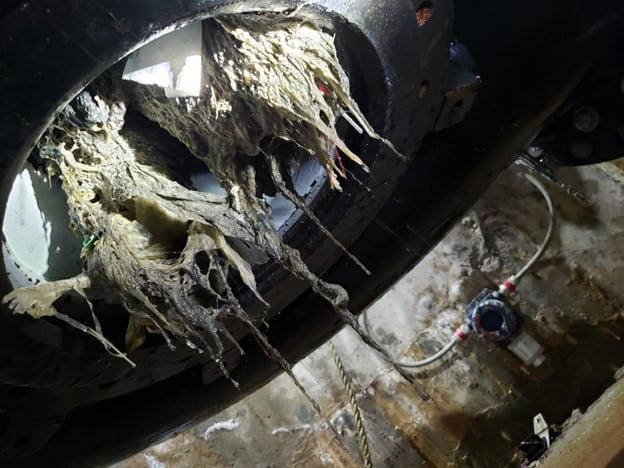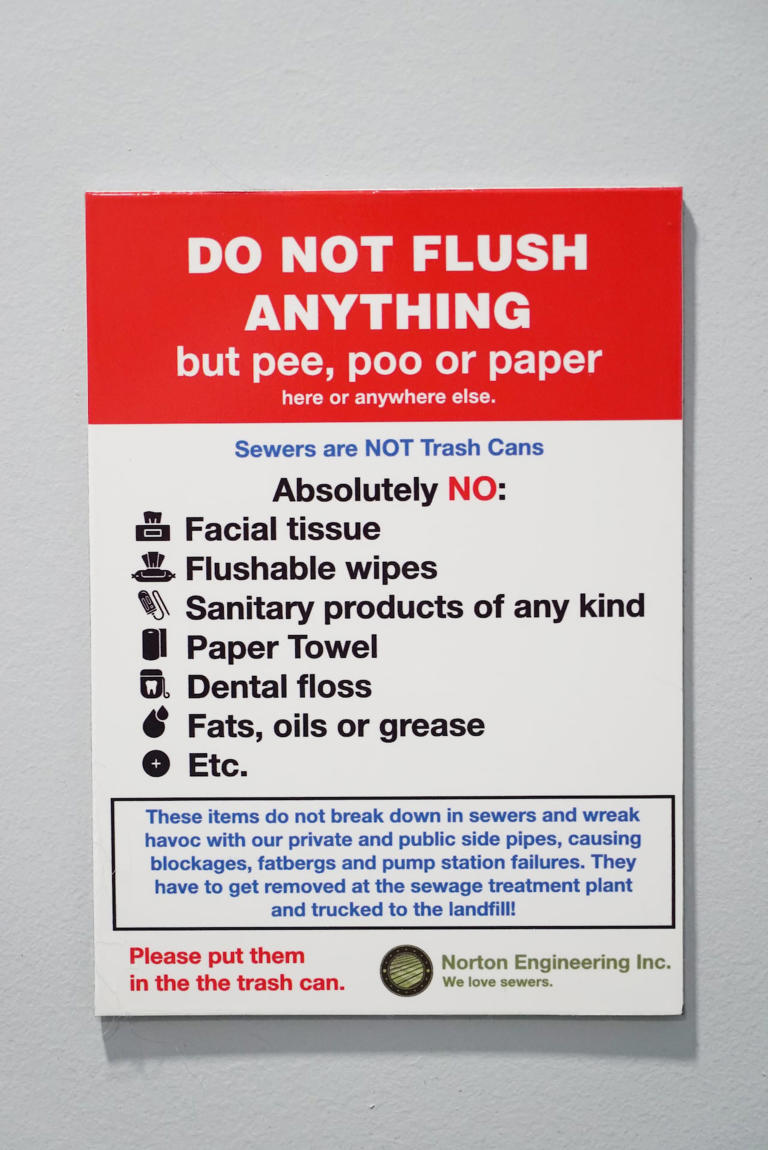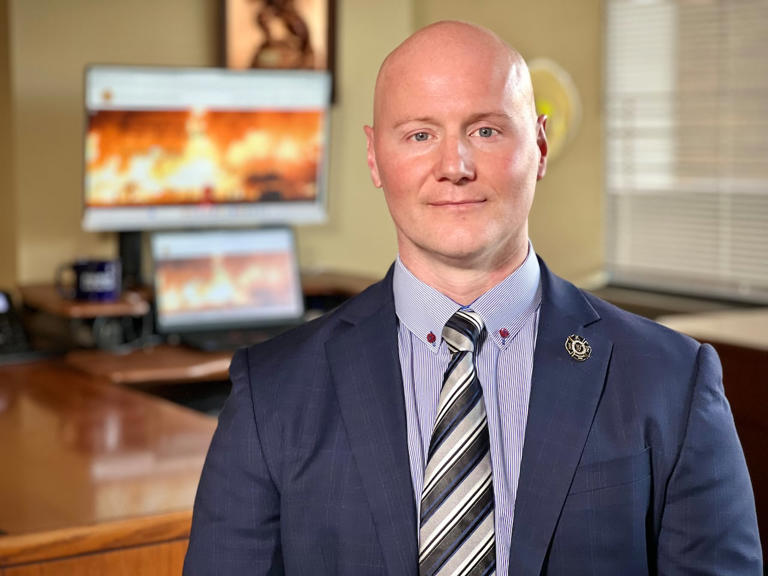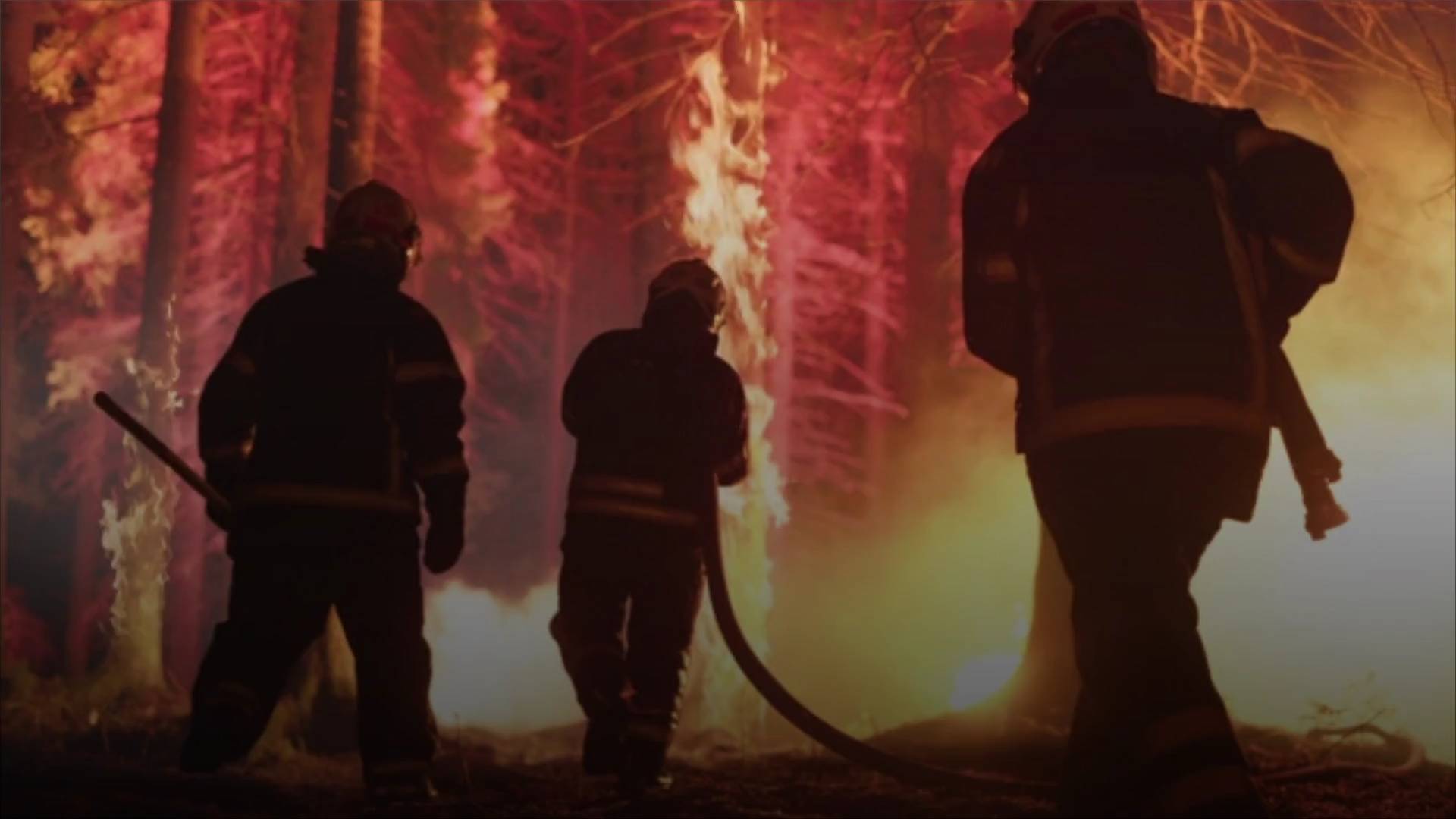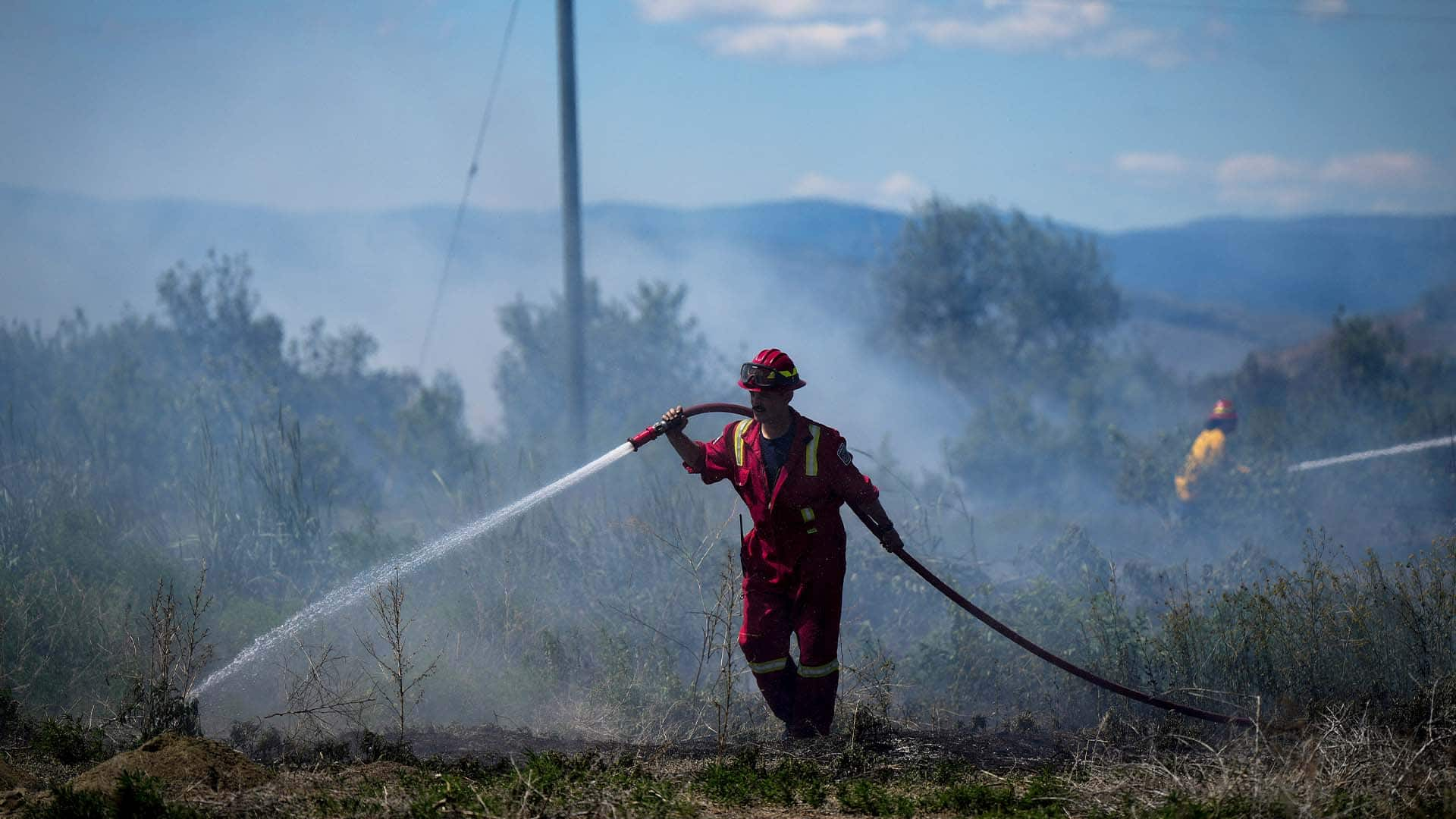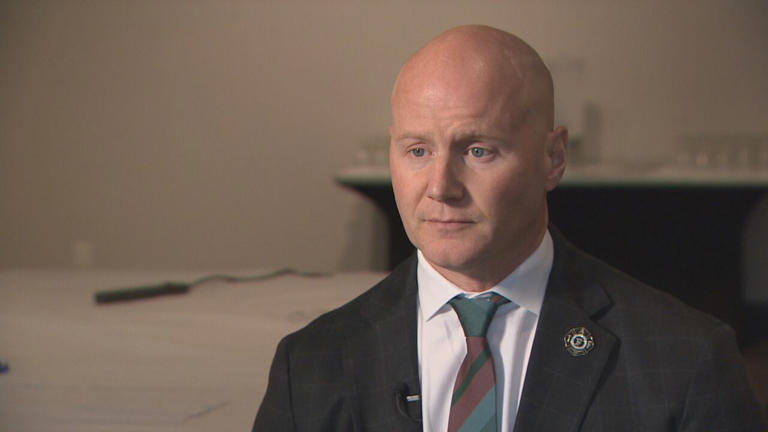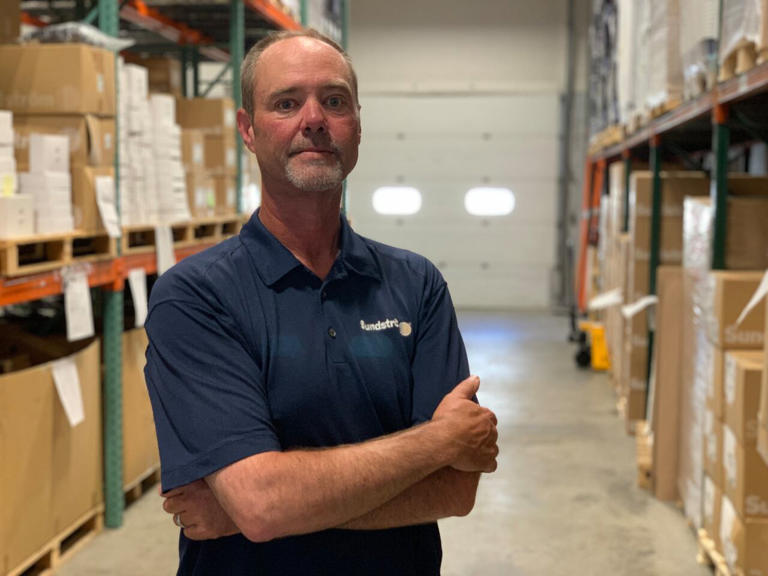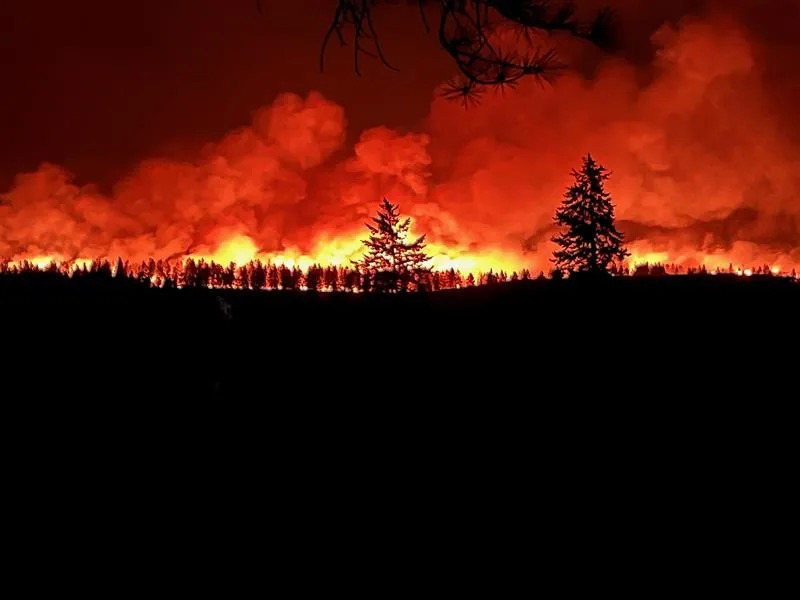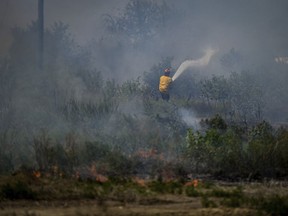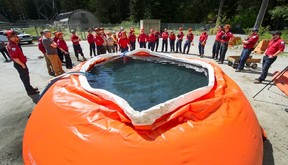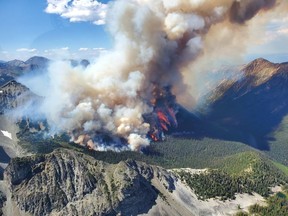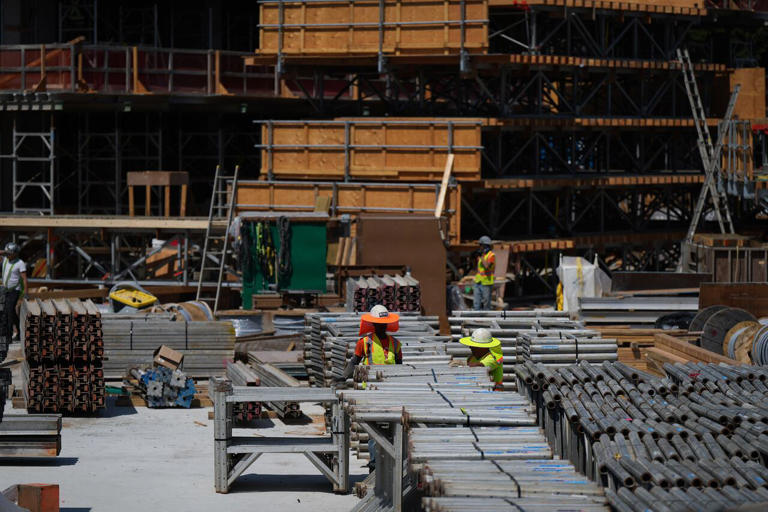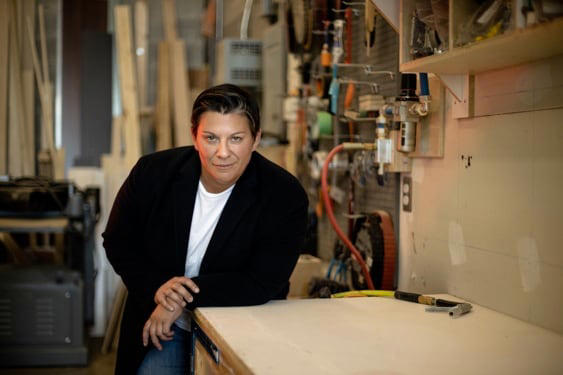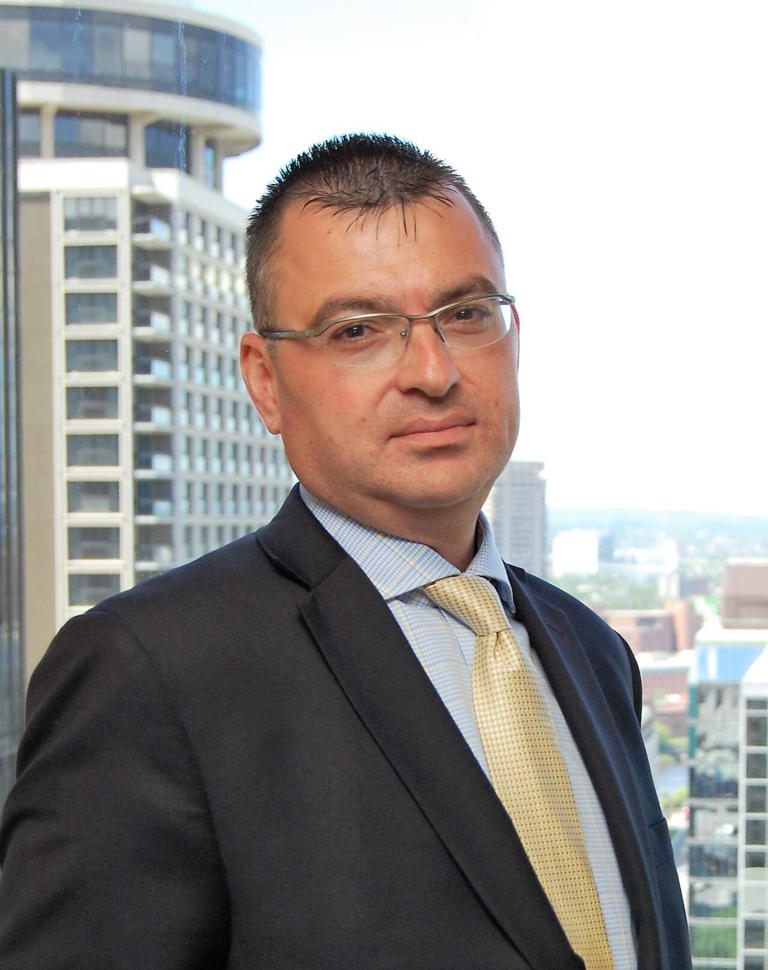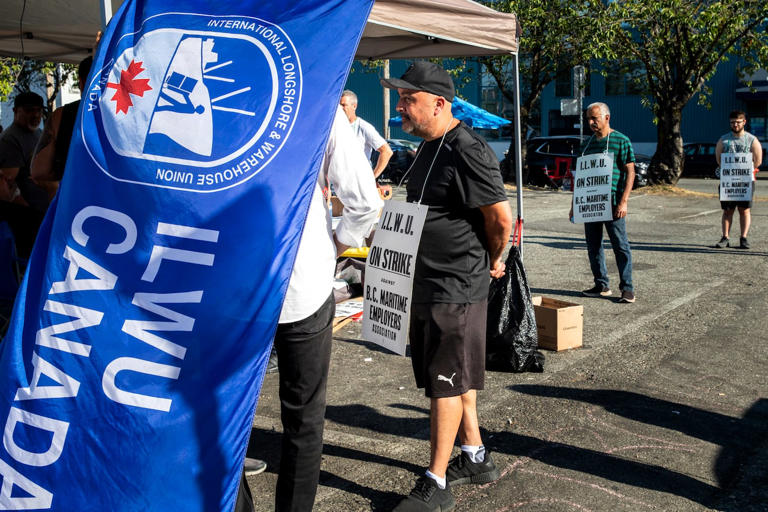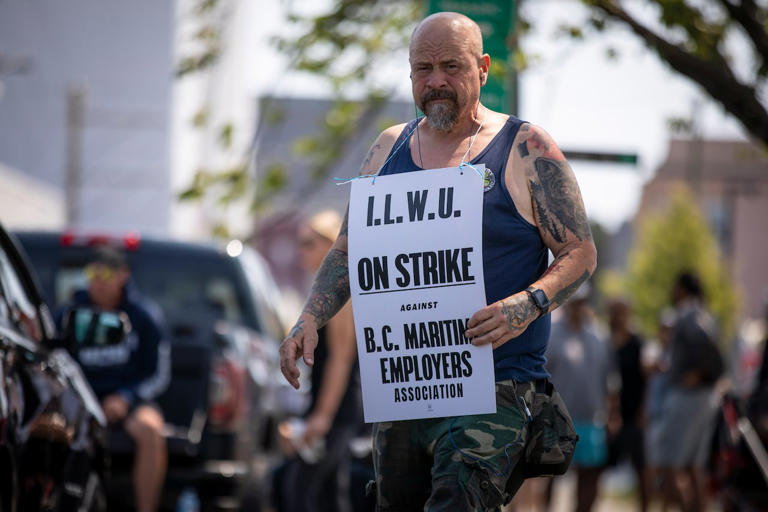Story by Bobby Hristova • Jul 12,2023
When Kevin Daley filed a human rights complaint against security at McMaster University, he was ready for a fight — but he wasn't expecting it to go five years.
Despite filing the complaint about what he believes was racial profiling in 2017, Daley said he still hasn't had a hearing before the Human Rights Tribunal of Ontario (HRTO).
Aside from a mediation and case management meeting, "we've heard nothing," he said.
Daley was a Toronto police officer at the time of a string of events in late 2017 and early 2018 that saw security pull him over, ban him from campus and notify his employer.
In 2018, he filed a complaint to both the Ontario Civilian Police Commission (OCPC) — which ruled in his favour in 2020 — and HRTO.
Daley now fears people without knowledge of the law and legal systems may struggle to find justice due to the HRTO delays.
"People are putting their lives on hold," he said.
Tribunals Ontario, which runs the human rights tribunal along with others, has faced criticism from politicians, lawyers and public interest groups due to its backlogs. The provincial ombudsman also received 1,110 complaints about Tribunals Ontario between 2021 and 2022, an increase from 935 the previous year, according to its last annual report.
Tribunal acknowledges backlogs
Janet Deline, spokesperson for Tribunals Ontario, told CBC Hamilton in an emailed statement HRTO "acknowledges" it has managed a "higher caseload than optimal."
It says the service standard is to resolve cases within a year-and-a-half or 18 months, but only 45 per cent of cases are resolved in that time, according to the tribunal's key performance indicators from cases between April 2022 and the end of March 2023.
In that period, there have been 2,024 hearings, most of which were done online.
Deline listed multiple factors contributing to the hearing delays.
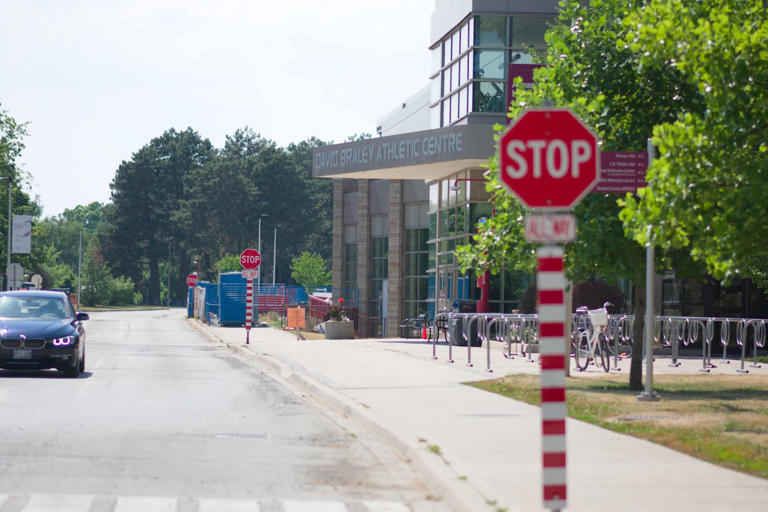
McMaster security pulled over Daley on Stearn Road in front of the David Braley Athletic Centre. The Ontario Civilian Police Commission ruled in Daley's favour and offered recommendations to McMaster University. (Bobby Hristova/CBC)© Provided by cbc.ca
She said some cases are waiting on a decision from another jurisdictional body, usually the Ontario Labour Board, and that sometimes the HRTO never needs to get involved depending on the decision from the other body.
She also said requests to extend or reschedule and adjourn proceedings also play a role.
How the tribunal is trying to fix the issue
Deline noted HRTO has been recruiting more adjudicators, part of the tribunal's "great strides to modernize its operations to address these challenges and reduce its overall caseload."
She said there's been "good progress" between April 2022 and end of March 2023, including a 63 per cent increase in "events" held by HRTO and a 33 per cent increase in mediations, of which two quarters have been settled.
There were also over 750 events scheduled between April 1, 2023 and May 31, 2024.
"With these ongoing process improvements, we are confident we will continue to reduce our active caseload and continue to provide accessible and timely access to justice," she said.
She didn't answer questions about the longest wait on file, the average wait time for cases and the number of cases in the queue.
Tribunal Watch Ontario, a public interest group, previously told CBC News a list of suggestions it things can fix the backlog including:
Creating a group of specialized adjudicators to clear the backlogs.
Ensuring that everyone appointed to a tribunal is qualified.
Reinstating in-person hearings.
Creating an adjudicative tribunal justice council that would oversee the system and appointments to depoliticize the process.
Restoring "stakeholder advisory committees" that were disbanded in 2018 and allow them to provide "meaningful input" into the system.
Reviewing the HRTO to see if it is complying with its statutory obligations.
Daley said there's no excuse for the delays and it doesn't change the impact of security pulling him over, harassing him and banning him from campus.
Despite the OCPC ruling in Daley's favour and McMaster telling CBC News "errors were made," Daley still wants justice at the HRTO — but he's losing faith he'll ever get it.
"For people who don't know what they're doing … if they expect justice from a system that seems to be broken, they're not going to get it," Daley said.
For more stories about the experiences of Black Canadians — from anti-Black racism to success stories within the Black community — check out Being Black in Canada, a CBC project Black Canadians can be proud of. You can read more stories here.
